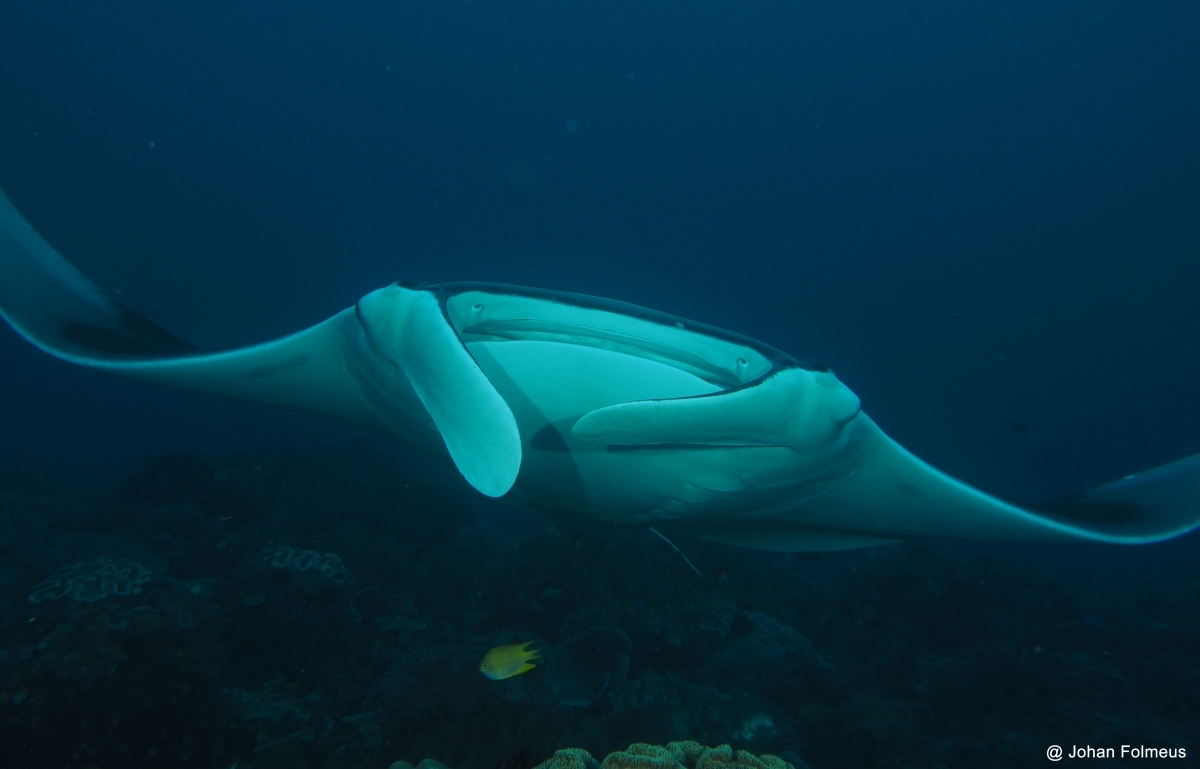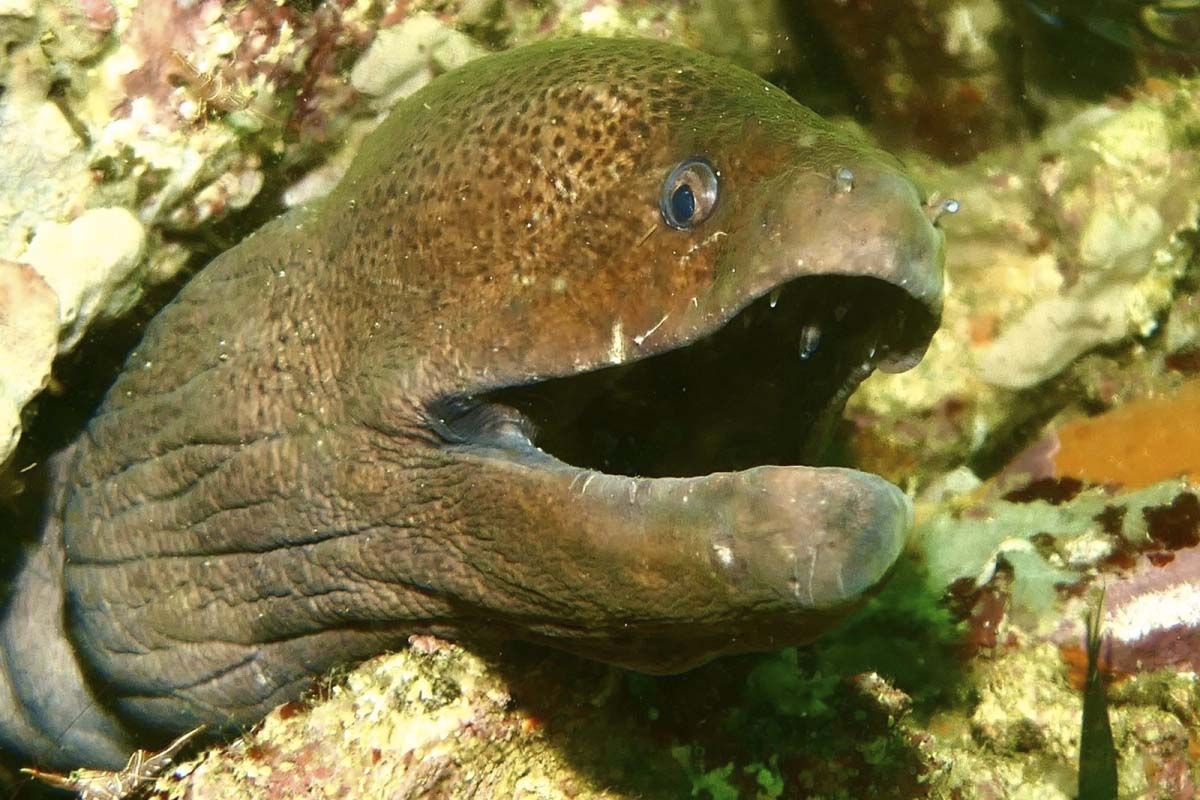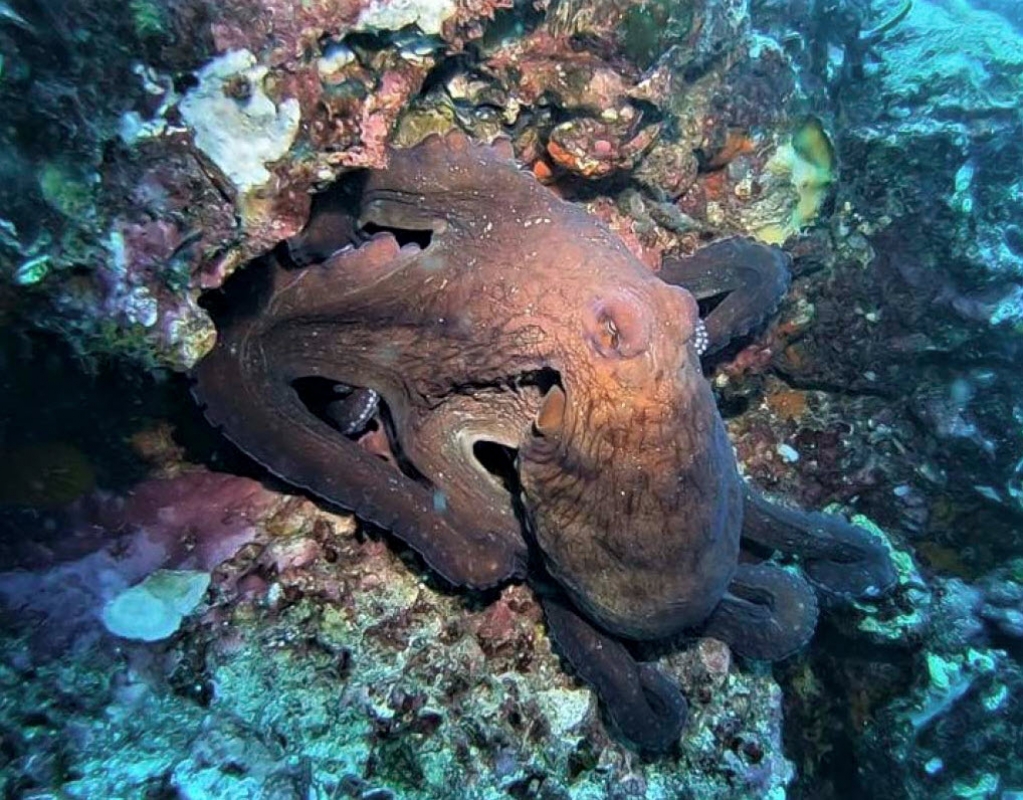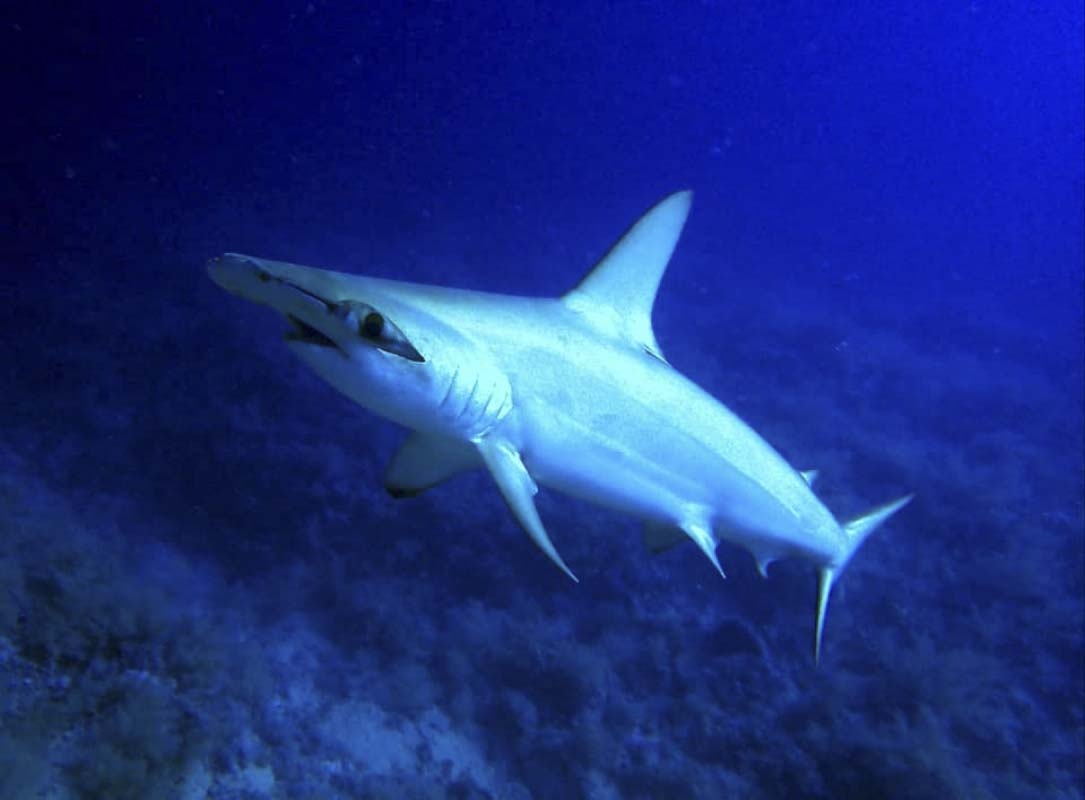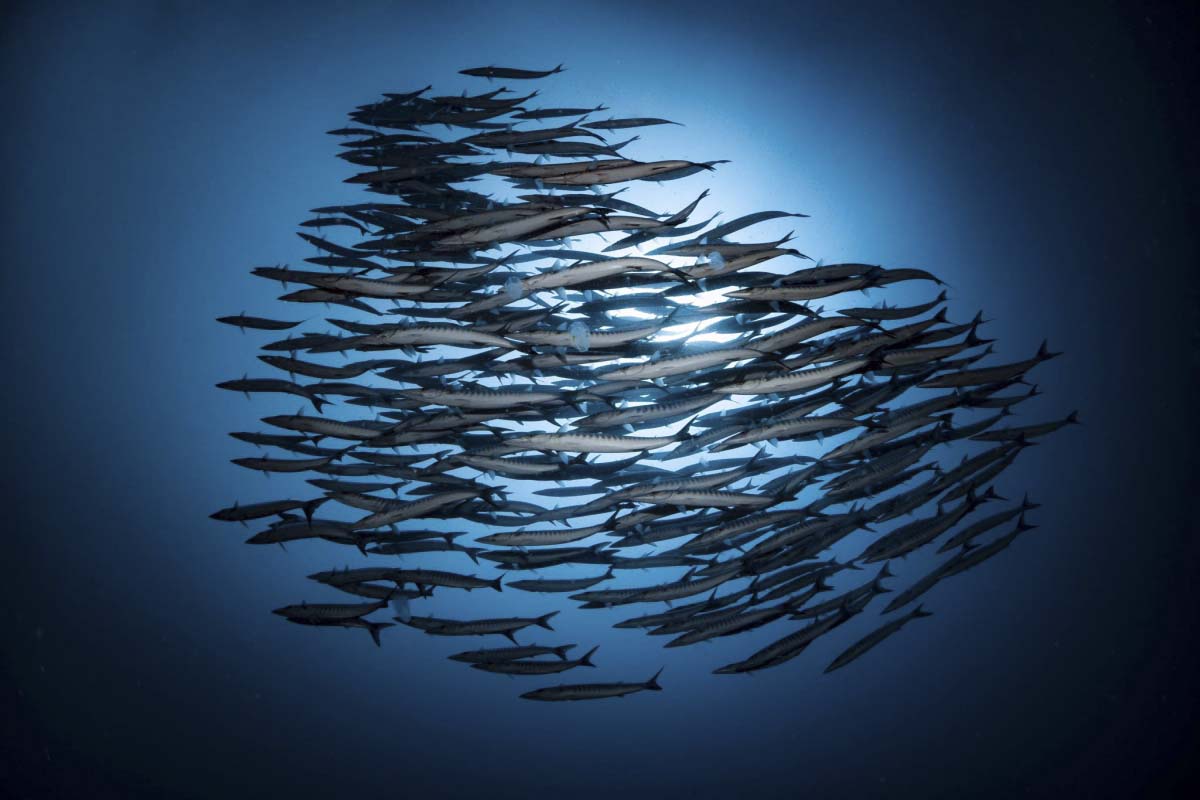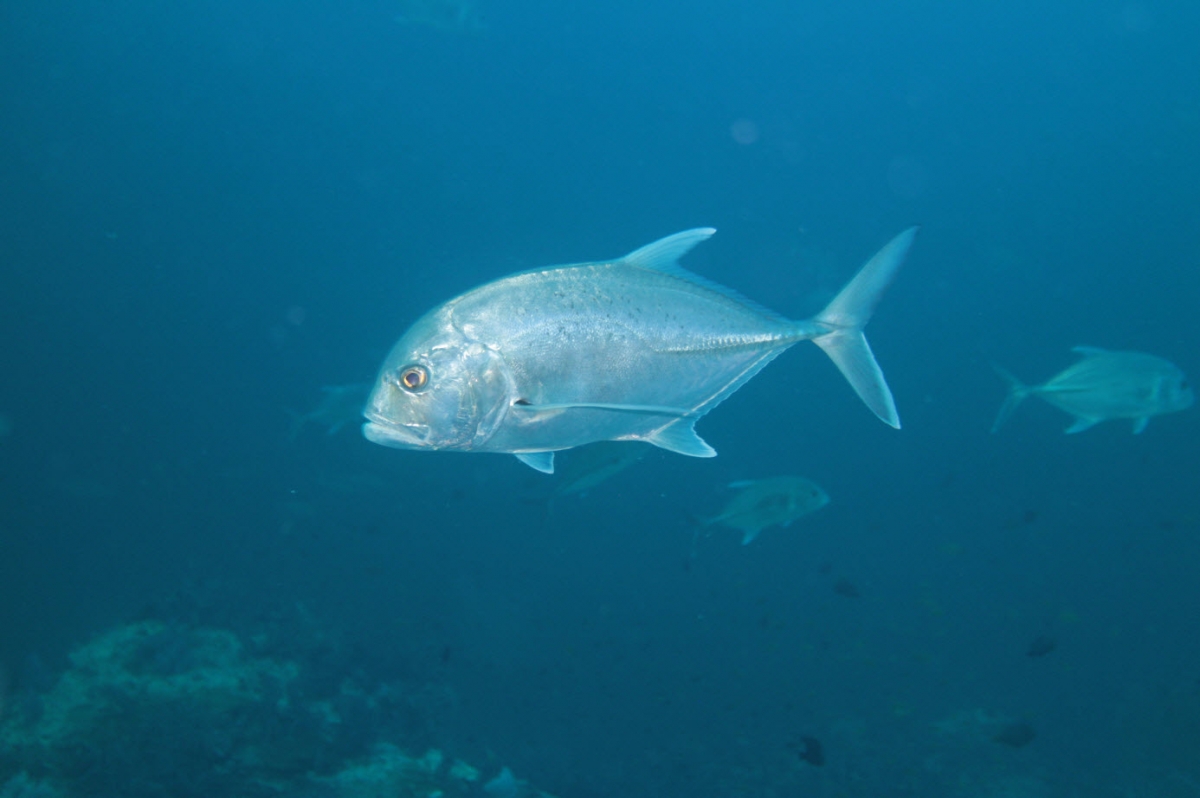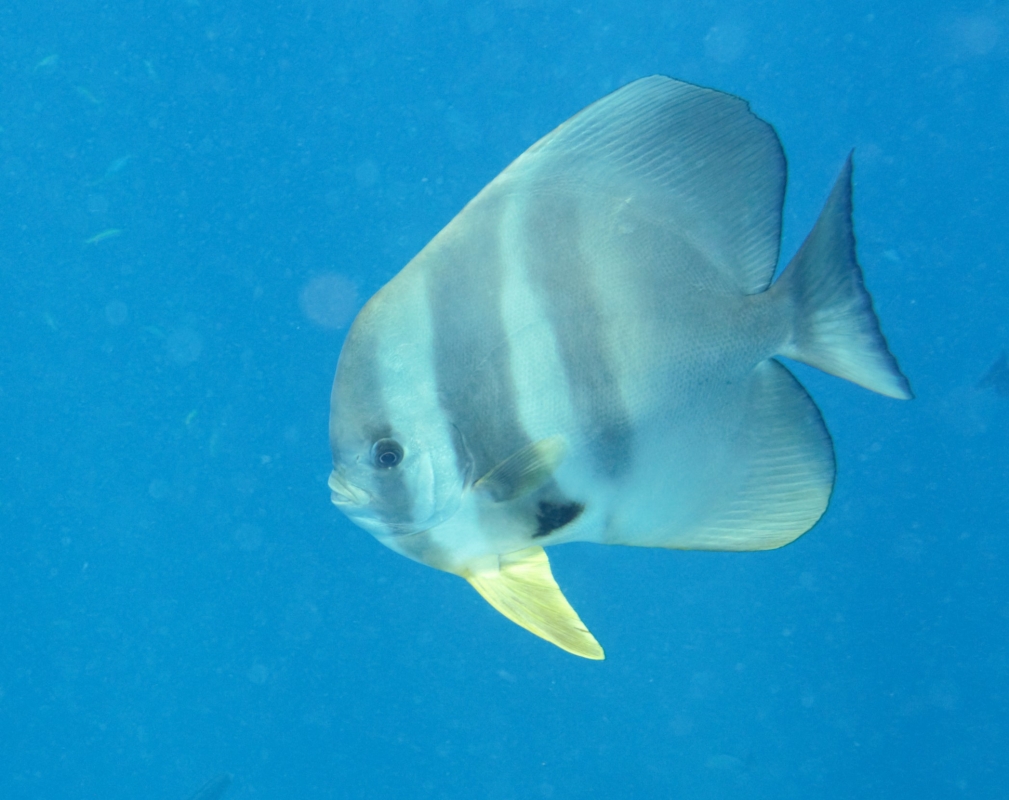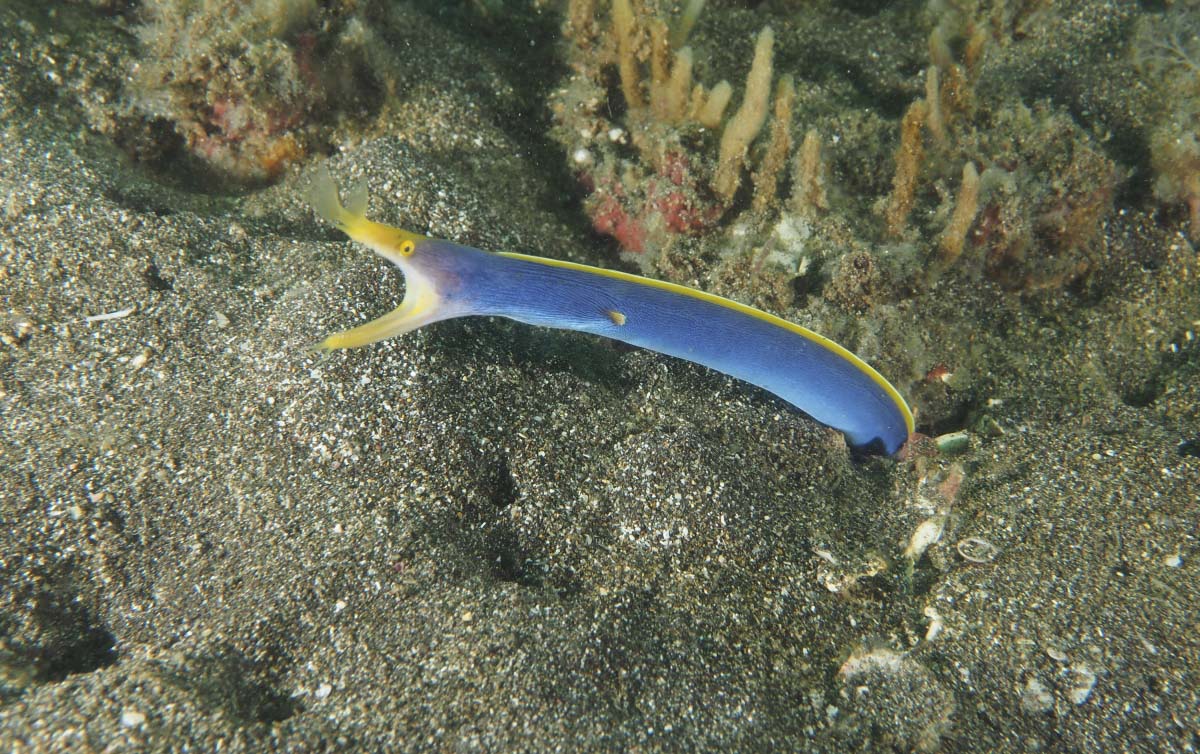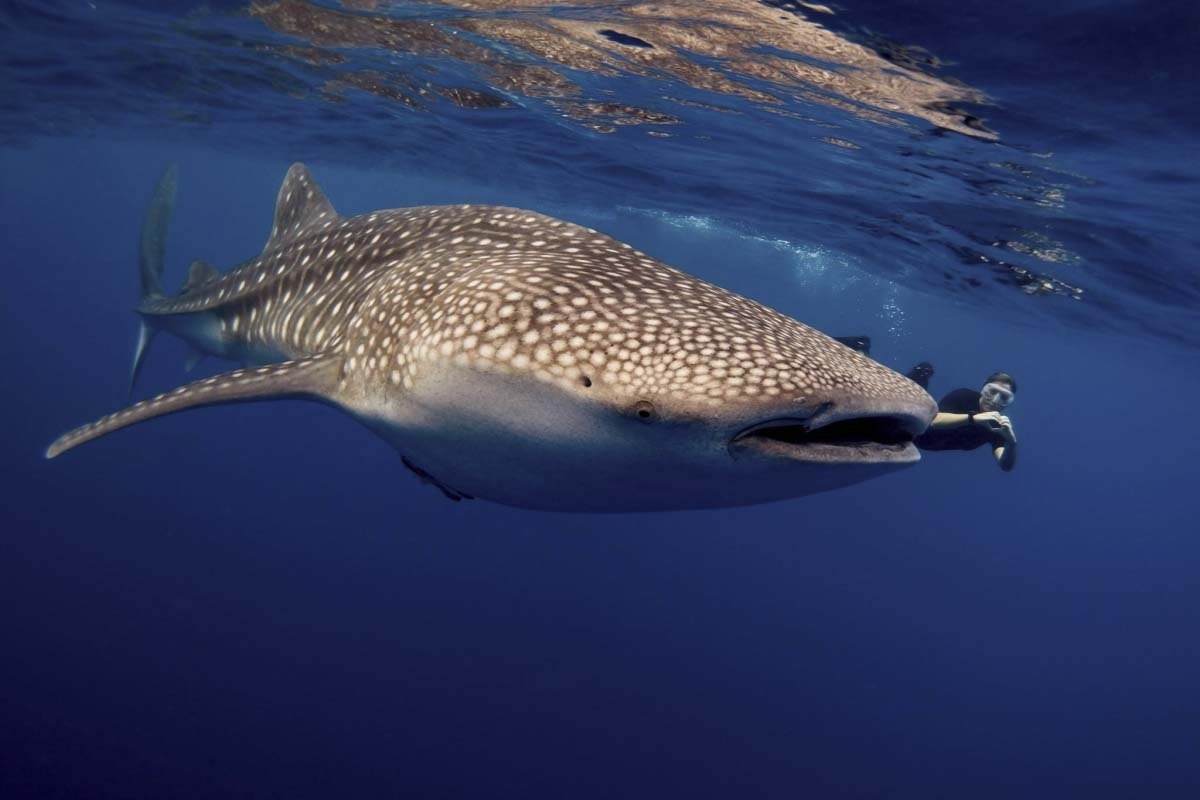
Daedalus Liveaboard Diving
Daedalus Reef is one of the best dive sites in The Red Sea and Egypt. Its remote location ensures that it remains protected from too many visitors, and attracts lots of marine life of all sizes. Daedalus (also known as Abu Kizan) lies 80km east of Marsa Alam, and in a national marine park. Therefore, the reef is in great condition because inexperienced and day trip divers are unable to visit. It can only be dived by liveaboard cruise, and divers need to be at least Advanced Open Water and able to dive in a current.
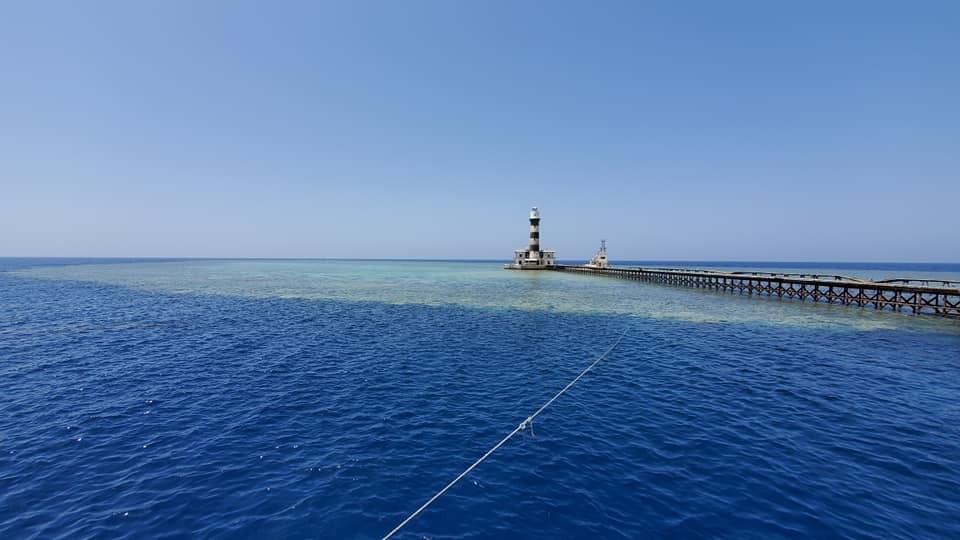
The reef sits alone surrounded by deep water. There is plenty to see in the shallows around the reef, but your dive will most likely be dictated by the currents and either drifting along or hiding in wait for something large & special. In the centre of the reef are an artificial island and a lighthouse that you can visit between dives. These were built in the 19th century after ships wrecked there, and to prevent more ships from doing the same. At the south-western end of the 400m. x 100m. island there are two long piers, but only one is used nowadays. Liveaboard safari boats moor up in this area and you can climb onto the pier then walk along it to the lighthouse, which is 30 metres high and worth the effort to climb to see the view. There's a small building for the marine park rangers and/or coastguard and/or navy. These structures were rebuilt nearly 100 years ago.
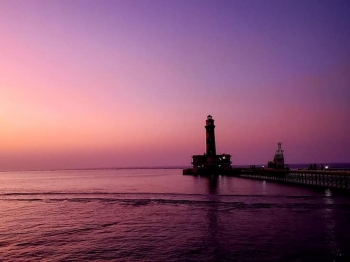 For the best lighting during your dive, it's ideal to dive the eastern side in the morning and the western side in the late afternoon. However, the entry point and direction of nearly all dives at Daedalus Reef are decided by the currents, which often run north-south. Night dives are not possible here, due to marine park rules which are imposed for safety. Anyone getting taken away here in a current in the dark would possibly never be found again.
For the best lighting during your dive, it's ideal to dive the eastern side in the morning and the western side in the late afternoon. However, the entry point and direction of nearly all dives at Daedalus Reef are decided by the currents, which often run north-south. Night dives are not possible here, due to marine park rules which are imposed for safety. Anyone getting taken away here in a current in the dark would possibly never be found again.
Underwater at Daedalus Reef, the diving is incredible. There is an abundance of hard & soft corals which are healthy and these attract reef species, which in turn attract larger fish. The open-sea location and depth mean that the nutrient-rich currents attract lots of resident marine life, both large and small. This, in turn, attracts predatory pelagics, in particular several species of sharks. Daedalus Reef offers probably the best opportunity in to dive with Hammerhead Sharks in The Red Sea.
Deep down there is a wreck, but this is only really accessible by technical divers. For recreational divers, there's plenty to see down to 30 metres, which is normally the maximum allowed anyway.
Conditions at Daedalus
When to dive at Daedalus
Although it's possible to dive at Daedalus all year, the sea is noticeably cooler from January to March. Most liveaboard cruises offer trips from mid-March until December.
What type of dive site is Daedalus
Daedalus is a reef which has a deep wreck for technical divers.
Where is Daedalus?
Daedalus Reef is 80km east of Marsa Alam, nearly halfway between the coastlines of Egypt and Saudi Arabia. It's also about halfway from Sharm el Sheikh at the north end of the Red Sea and Egypt's southern border with Sudan. It's normally among the southernmost locations for Red Sea liveaboard itineraries, which often include The Brothers & Elphinstone.
How to get to Daedalus
Diving at Daedalus Reef is only possible by liveaboard / safari boat. The location far from any mainland makes day trips impossible or impractical.
Who can dive at Daedalus
Advanced & experienced divers. Only divers who have Advanced (CMAS2) certification or higher can join trips at Daedalus, and it's also necessary to have at least 50 logged dives. This is due to the potential currents and surface conditions, from the location in open sea.
What marine life can you see at Daedalus?
Due to the location out in open sea, Daedalus Reef is teeming with life of all shapes and sizes. Small species of fish and invertebrates spend their whole lives here, and even smaller species (plankton) are brought up from the cooler depths of the surrounding sea in the north & south. In turn, larger pelagic species come to Daedalus to feed on the marine life. These include several species of sharks (such as Hammerheads), plus several other predators that come alone or in groups.
Summary of Daedalus
Daedalus Reef is far from the coast and from other dive sites. It's in the open sea, surrounded by deep water. These factors make getting there take time and cost money. Plus once you're there there's not a great deal to do other than dive. But the cost and effort are nearly always rewarded with some of the best scuba diving in The Red Sea. It's easily possible to spend all day at Daedalus and still not see everything that it has to offer. From the tiniest macro species to schools of Hammerheads, this dive site never fails to impress divers, even those who have more than 1,000 dives' experience.
